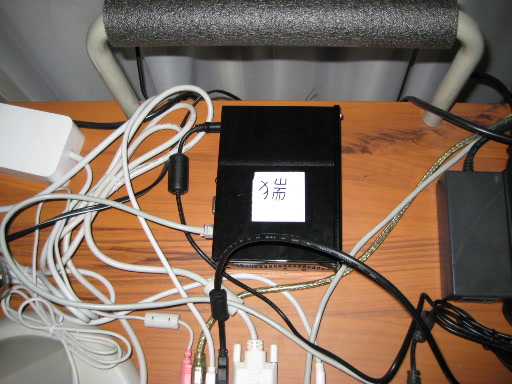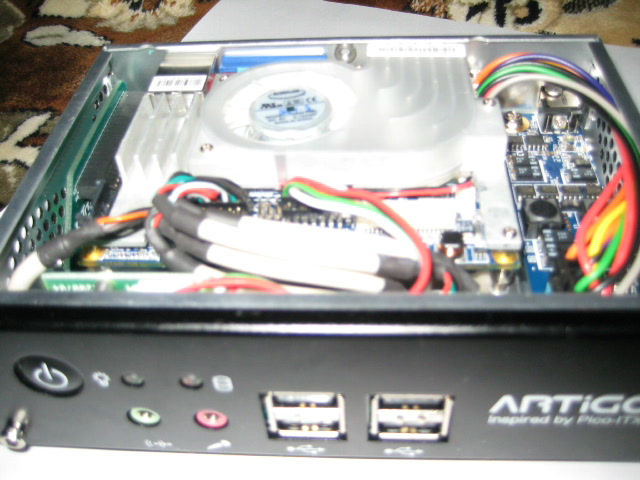I consider subtitles to be more of evil. Why? Because they steal precious screen space, create a distraction and usually of a bad quality. Also external subtitles can create a lot of problems with synchronization, especially when movie is cut into parts. Our television channels have extremely small subtitles translating Russian speech into Ukrainian but nobody reads them anyway (and I don’t watch TV at all). Those subtitles can provide some amusement though because of very crooked translation (I’ve heard that “Vienna ball” was translated like “Vienna jumpings”, it’s hard to translate that word back).
I know, newer container formats like Matroska and OGM (both are not good) have support for subtitles and there are ‘advanced’ subtitle formats designed for them (like ASS) with a lot of features — font family/size/style selection, placing text in different parts of the screen, etc (backscratching is not there yet). Well, one day they will achieve what DVD subtitles already have – information overlay over moving picture.
Another issue with subtitles is the quality of translation. Well, usually translations are bad, especially low-budget when they don’t even have money for dub (fansubbing is a different thing). Personally I’ve found that neither Spanish, French nor Italian subtitles had helped me with understanding Wagner operas. And Chinese subtitles are hard to read (and impossible without the dictionary or Chinese man).
It’s better to learn language instead.
And now for something completely different – good examples of subtitles.
Read the rest of this entry »


